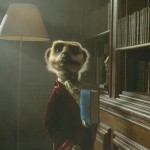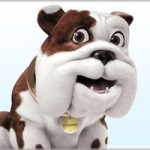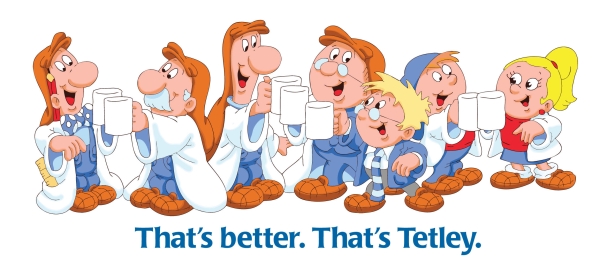The use of characters in advertising
29th September, 2010

You may have noticed a return of some familiar faces on our TV screens recently, blasts from the past that inflict a brief moment of nostalgia and stop you from flicking the channel over in an attempt to speed up the advert break.
Major brands are releasing characters from their company vaults in a bid to join a market which is already highly saturated with Russian meerkats, nodding dogs and opera singing mad men.
The most recent character that has made a return to our television sets is The Honey Monster (Sugar Puffs). The monster, last seen 2 years ago now has a companion, named Charlie. The ad is designed to engage a new generation as well as entice the older ones back to the product.
Weve also seen the return of the Tetley crew, who after nine years absence are back to help drive sales of the popular tea in the right direction. The first of a series of adverts was launched on 20th September with more to follow over the next couple of months. So far the responses have been very positive!
And lets not forget the return of the Milky Bar Kid! Nestles latest milky bar product (aimed at adults) was backed up by a campaign which invited grown ups to star in their own adverts dressed in oversized milk bottle glasses and cowboy hat.
Another couple due to grace us with their presence is the two from the Nescafe Gold Blend adverts. At the height of their fame Nescafe saw 30million viewers tune in to witness the couples first kiss. They hope to achieve similar success with the new series of ads.
Its well known that using recognisable characters is highly beneficial to brands.
An article published in Marketing Week discussed how the use of characters within campaigns is proving an effective way to captivate consumers and set yourself apart from the competition. Having a recognisable character or ongoing storyline involving familiar faces has been very successful and is now proving to be more popular (and cost effective!) than using celebrities. Bryan Urbick, director of research consultancy at that Consumer Knowledge Centres suggests that The recession has resulted in a surge in consumer desire to seek real connections with brands, and characters are a solution to offering a human touch. Characters can be molded and story lines created to replicate human life and circumstances or, conversely, entertain in fantasy scenarios, more so than a celebrity.
Its clear that using fictional characters is working well for these brands, but how far will they go? Will PG bring back the tea drinking chimps that were so successful in the 90s? I doubt it but it will be interesting to see who else does come out of retirement for the sake of selling a few products.



Comments
comments powered by Disqus